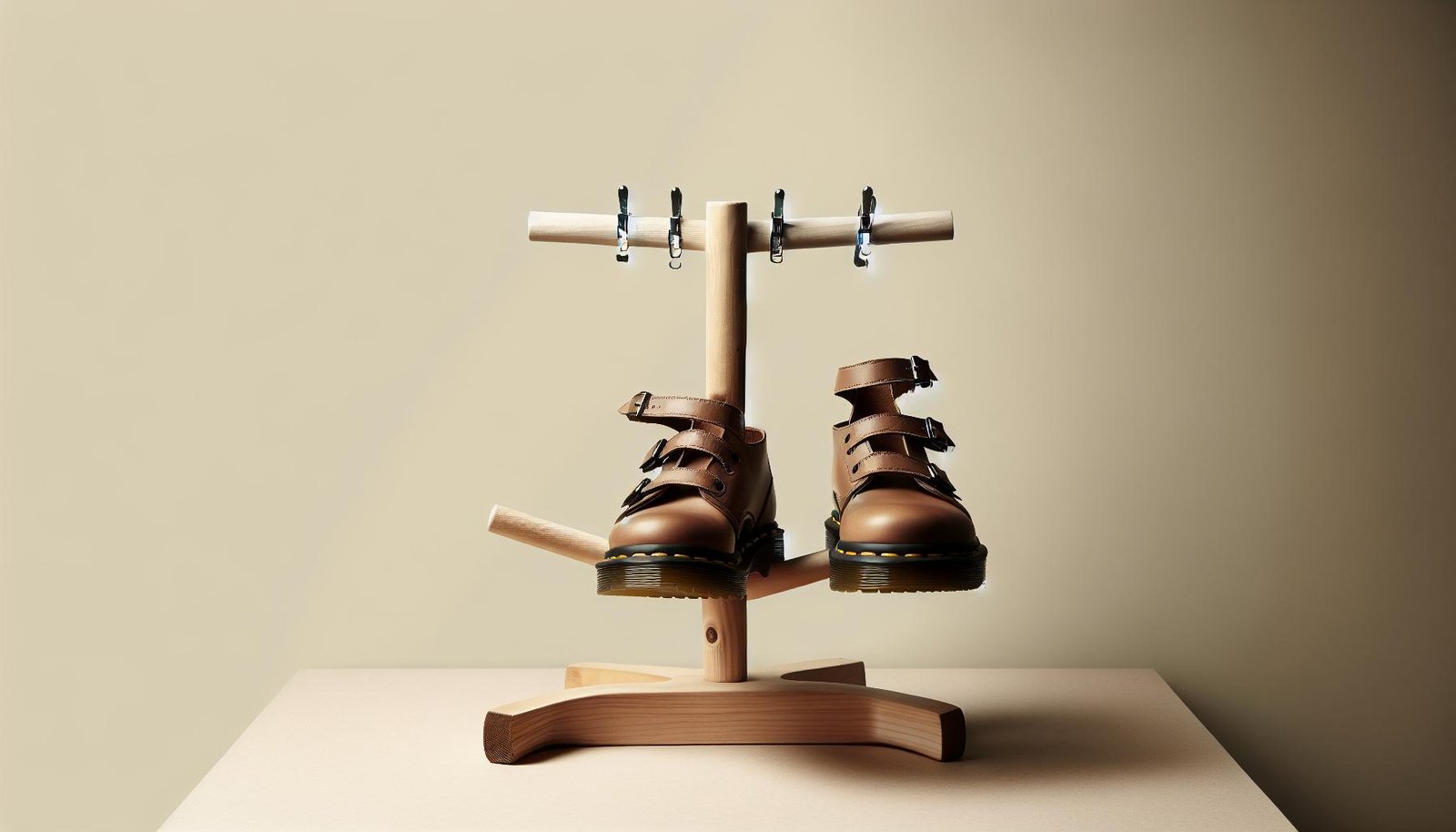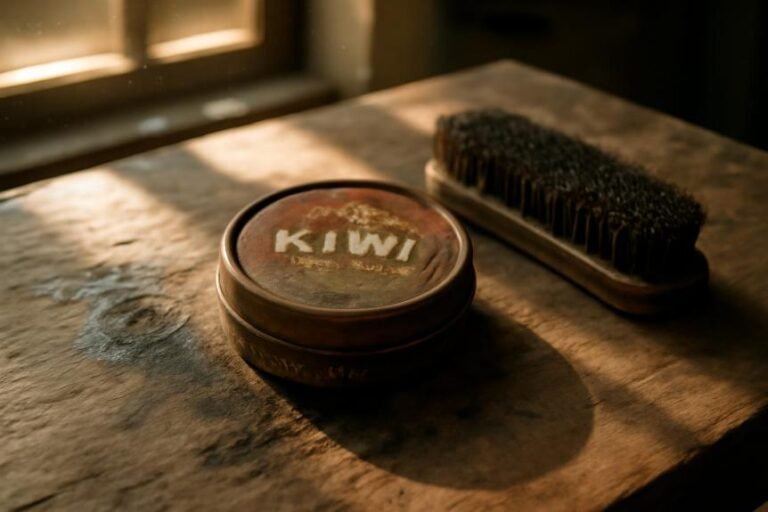How to Break in Dr. Marten Sandals for Maximum Comfort
Key Takeaways
- Breaking in Dr. Marten sandals is crucial to mold them to the shape of your feet, enhancing comfort and preventing blisters.
- Choosing the right fit and gathering necessary supplies like leather conditioner and thick socks are essential steps in preparing for the break-in process.
- Utilize techniques such as wearing them around the house, using thick socks and heat, and applying leather softeners to break in your sandals effectively.
- To avoid blisters and discomfort, protect your heels and toes, and remember that patience is key during the break-in process.
- Post-break-in maintenance includes regular cleaning, conditioning, and proper storage to prolong the lifespan and appearance of your Dr. Marten sandals.
- For challenging sandals, consider advanced techniques like stretching tools and seeking professional help for customized solutions.
Understanding the Break-In Process
Why Breaking In Is Necessary
When breaking in Dr. Marten sandals, it’s essential to understand why this process is necessary. Dr. Martens are known for their durability and high-quality materials such as tough leather, which can initially feel rigid and stiff. The break-in process helps the sandals mold to the unique shape of your feet, resulting in a customized fit that enhances comfort and prevents blisters.
The Anatomy of Dr. Marten Sandals
To break in Dr. Marten sandals effectively, it’s crucial to understand their anatomy. These sandals are crafted using premium leather that is designed to last a long time. The durable soles and signature yellow stitching are distinctive features that set Dr. Martens apart. Understanding the materials and construction of your sandals can guide you in the break-in process to ensure a comfortable and personalized fit.
Preparing to Break In Your Sandals

Choosing the Right Fit
When breaking in Dr. Marten sandals, selecting the correct size is crucial. I recommend trying on different sizes to find the one that fits snugly but not too tight. It’s essential to ensure your toes have enough room to move comfortably without feeling cramped. A proper fit from the start can make the break-in process more manageable.
Gathering Necessary Supplies
Before starting the break-in process, it’s essential to gather the necessary supplies. Here’s what I suggest you have on hand:
- Leather Conditioner: Using a quality leather conditioner can help soften the tough leather of your sandals, making them more comfortable to wear.
- Thick Socks: Wearing thick socks while breaking in your sandals can prevent blisters and provide extra cushioning.
- Bandages or Moleskin: These can come in handy to protect any areas where you might experience rubbing or discomfort during the break-in period.
- Shoe Stretcher: If your sandals feel too tight in specific areas, a shoe stretcher can help widen them gradually for a better fit.
By having these supplies ready, you can effectively prepare to break in your Dr. Marten sandals for a comfortable and personalized fit.
Step-by-Step Guide to Breaking In Dr. Marten Sandals

Wearing Them Around the House
When breaking in my Dr. Marten sandals, I start by wearing them around the house for short periods. It’s essential to gradually get accustomed to the sandals and allow the leather to flex and mold to my feet. Walking on different surfaces indoors helps soften the leather without causing discomfort.
Using Thick Socks and Heat
To speed up the breaking-in process, I wear thick socks with my Dr. Marten sandals. The socks create extra padding and help stretch the leather. I sometimes apply gentle heat using a hairdryer to the tight spots while wearing the sandals with thick socks. The combination of heat and thick socks assists in loosening the leather for a more comfortable fit.
Applying Leather Softeners and Conditioners
I find that applying leather softeners and conditioners to my Dr. Marten sandals is beneficial. These products help moisturize the leather, making it more supple and less prone to stiffness. I massage the softeners into the sandals, focusing on areas that need extra flexibility. Regular application of leather conditioners maintains the quality of the leather and aids in the breaking-in process.
Tips to Avoid Blisters and Discomfort

Protecting Your Heels and Toes
I always make sure to protect my heels and toes when breaking in my Dr. Marten sandals. One way to do this is by applying adhesive bandages or moleskin to these areas before wearing the sandals. It’s a simple but effective way to prevent blisters and discomfort, especially during the initial stages of breaking them in.
Taking It Slow: The Importance of Patience
When it comes to breaking in Dr. Marten sandals, patience is key. I’ve learned that rushing the process can lead to unnecessary discomfort and potential damage to the sandals. Taking it slow allows the leather to adjust gradually to my feet, reducing the risk of blisters and ensuring a more comfortable fit in the long run. Remember, patience is essential for a successful break-in experience.
Maintaining Your Dr. Marten Sandals Post Break-In

Regular Cleaning and Conditioning
After successfully breaking in your Dr. Marten sandals, it’s essential to maintain them properly to prolong their lifespan and keep them looking great. To ensure your sandals stay in top condition, I recommend regularly cleaning and conditioning them. Use a damp cloth to wipe off any dirt or residue from the leather. For tougher stains, a leather cleaner can be applied following the manufacturer’s instructions.
Conditioning your sandals is crucial to keep the leather supple and prevent it from drying out or cracking. Choose a high-quality leather conditioner and apply it in a thin, even layer. Gently massage the conditioner into the leather using a soft cloth and allow it to be absorbed before wiping off any excess. Conditioning your sandals every few months will help maintain their quality and appearance.
Storing Your Sandals Properly
Proper storage is key to preserving the shape and condition of your Dr. Marten sandals when they’re not in use. When not wearing your sandals, store them in a cool, dry place away from direct sunlight or heat sources. Avoid leaving them in plastic bags or airtight containers, as this can trap moisture and lead to mold or mildew growth.
To help your sandals maintain their shape, consider using shoe trees made of cedar wood or plastic. Shoe trees can prevent creases and help the leather retain its form. Additionally, stuffing your sandals with acid-free tissue paper can help them keep their shape while also absorbing any excess moisture.
By following these maintenance tips, you can ensure that your Dr. Marten sandals remain in excellent condition post-break-in, allowing you to enjoy their comfort and style for years to come.
Advanced Techniques for Tough Sandals

Incorporating Stretching Tools
When dealing with stubborn Dr. Marten sandals that resist conventional break-in methods, I turn to stretching tools. One effective tool is a shoe stretcher designed explicitly for sandals, which helps gently widen the leather around the toes and heels. By using a shoe stretcher, I can speed up the breaking-in process without causing damage to the material. It’s essential to follow the manufacturer’s instructions to avoid overstretching and maintain the sandals’ integrity.
Seeking Professional Help
If all my efforts fail to break in my Dr. Marten sandals adequately, I consider seeking professional help. A cobbler or shoe repair specialist has the expertise and tools to tackle tough leather and provide customized stretching solutions. Professional stretching services can target specific areas of discomfort, ensuring a perfect fit without compromising the sandals’ quality. When facing persistent discomfort or pain, I trust professionals to handle the break-in process effectively and efficiently.

Breaking in your Dr. Marten sandals is essential for both comfort and style. By following the tips and techniques discussed in this article, you can ensure a perfect fit without compromising the quality of your sandals. From selecting the right size to using advanced stretching tools, there are various methods to make the break-in process smoother. Remember, seeking help from a professional cobbler or shoe repair specialist can offer customized solutions if conventional methods do not yield the desired results. By maintaining regular cleaning, conditioning, and proper storage practices, you can prolong the life of your Dr. Marten sandals and enjoy long-lasting comfort and style.












